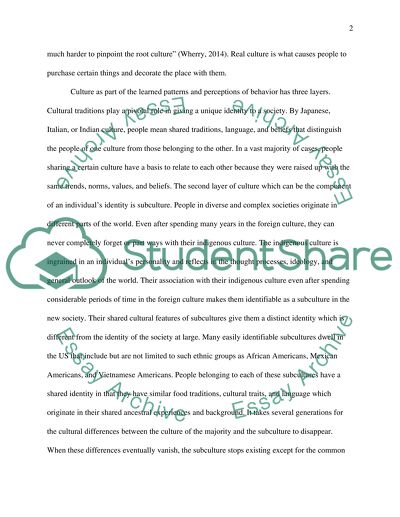Cite this document
(“Culture Research Paper Example | Topics and Well Written Essays - 1500 words”, n.d.)
Culture Research Paper Example | Topics and Well Written Essays - 1500 words. Retrieved from https://studentshare.org/anthropology/1639904-culture
Culture Research Paper Example | Topics and Well Written Essays - 1500 words. Retrieved from https://studentshare.org/anthropology/1639904-culture
(Culture Research Paper Example | Topics and Well Written Essays - 1500 Words)
Culture Research Paper Example | Topics and Well Written Essays - 1500 Words. https://studentshare.org/anthropology/1639904-culture.
Culture Research Paper Example | Topics and Well Written Essays - 1500 Words. https://studentshare.org/anthropology/1639904-culture.
“Culture Research Paper Example | Topics and Well Written Essays - 1500 Words”, n.d. https://studentshare.org/anthropology/1639904-culture.


